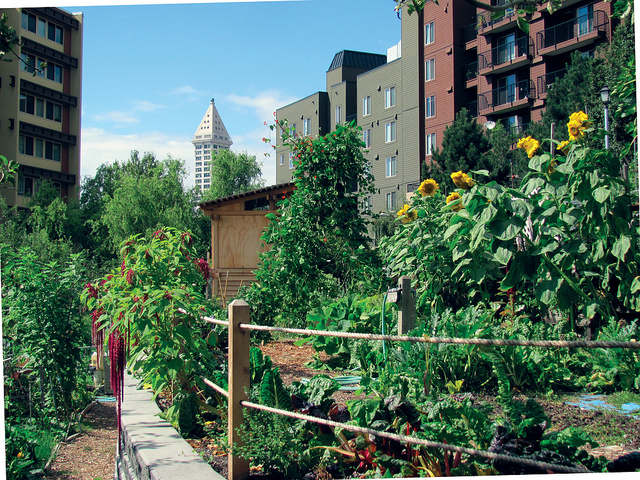The Ultimate Guide To City Blooming
The Ultimate Guide To City Blooming
Blog Article
The smart Trick of City Blooming That Nobody is Discussing
Table of ContentsMore About City BloomingHow City Blooming can Save You Time, Stress, and Money.3 Simple Techniques For City Blooming4 Easy Facts About City Blooming ShownExcitement About City Blooming
Interested in expanding food up for sale in the City of Chicago? Thinking of beginning an area garden? Adjustments to the Chicago Zoning Statute permit farming usages like community yards and metropolitan farms in numerous components of the city. Below is a listing of regularly asked questions regarding the guidelines and policies that cultivators ought to think about when planning a metropolitan farming task.
The zoning amendment does not change any various other codes taking care of composting, building authorizations, purchasing or renting City owned home, organization licenses or environmental contamination. There are existing codes that manage these concerns and they continue to be in complete impact and might be applicable to your project. Community yards are generally had or managed by public entities, civic companies or community-based organizations and kept by volunteers.
Urban ranches grow food that is meant to be sold, either on a not-for-profit or for-profit basis. Due to their industrial purpose, urban farms require a company certificate.
All about City Blooming
The quantity of garden compost material can not go beyond 25 cubic yards at any provided time according to the requirements in 7-28-715 of the City's Municipal Code. Due to the fact that the soil at most brand-new yard sites needs amending, garden compost, soil, timber chips, or other materials can be gotten to construct or enhance the expanding space.

If a structure authorization is called for after that the hoophouse will certainly be thought about an accessory structure. You can locate out even more about the structure permit demands by getting in touch with the Department of Buildings. The 25,000-square-foot dimension limitation is meant to protect against a single area yard from dominating a provided block or taking away from the block's existing residential or commercial character.
The restriction does not apply to gardens located in Public Open Room (POS) districts. Can there be even more than one area yard that is 25,000 square feet on a solitary block? Secure fencing is not called for, nevertheless, gardens their website that have huge car parking locations may be required to set up fencing or other landscape design features.
City Blooming Fundamentals Explained
B1 & B2 areas call for that all commercial use activities be performed inside your home. R areas restrict business activity. The guidelines mirror the purpose and intent of the Zoning Code. Is fencing needed for urban ranches? Yes. Fencings might be needed, in addition to landscaping and testing, for particular car parking locations and outdoor work or storage space areas depending upon location and the specific task happening.
Urban ranches require structure permits and zoning authorizations prior to building and construction (home and garden). Various other kinds of city review may be needed depending on particular frameworks, activities, dimension, landscape design, licensing, public heath and stormwater administration concerns.
The Department of Company Affairs and Consumer Defense can aid establish the particular kind of service certificate that's needed. Off street parking is required for a lot of commercial tasks in Chicago. The called for number of car park areas is based on the number of workers working on site and not the square footage of the growing space.
Some Ideas on City Blooming You Should Know

An urban farm can market garden compost product created on site, nonetheless, the procedure needs to conform with the laws in 7-28-715 of the Chicago Municipal Code. Aquaponic systems are permitted indoors on city ranches in lots of zoning areas.
Approximately 5 hives or nests of honey might be kept as an accessory use. Beekeepers should sign up with the Illinois Department of Farming. For more details regarding the recommended zoning change you might speak to the Division of Housing and Economic Growth, Bureau of Preparation and Zoning at 312.744.8563.
, which takes place in rural areas at the edge of suburbs.
Indicators on City Blooming You Need To Know
It can involve a movement of natural cultivators, "foodies" and "locavores", who look for to create socials media established on a shared principles of nature and neighborhood holism. These networks can create by means of formal institutional assistance, becoming integrated into regional town as a "shift community" motion for sustainable city advancement.
Some of the very first evidence of city agriculture comes from Mesopotamia.
Report this page